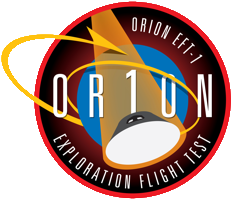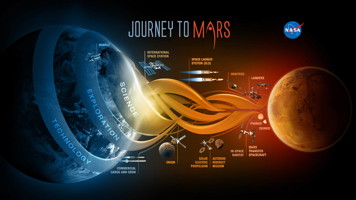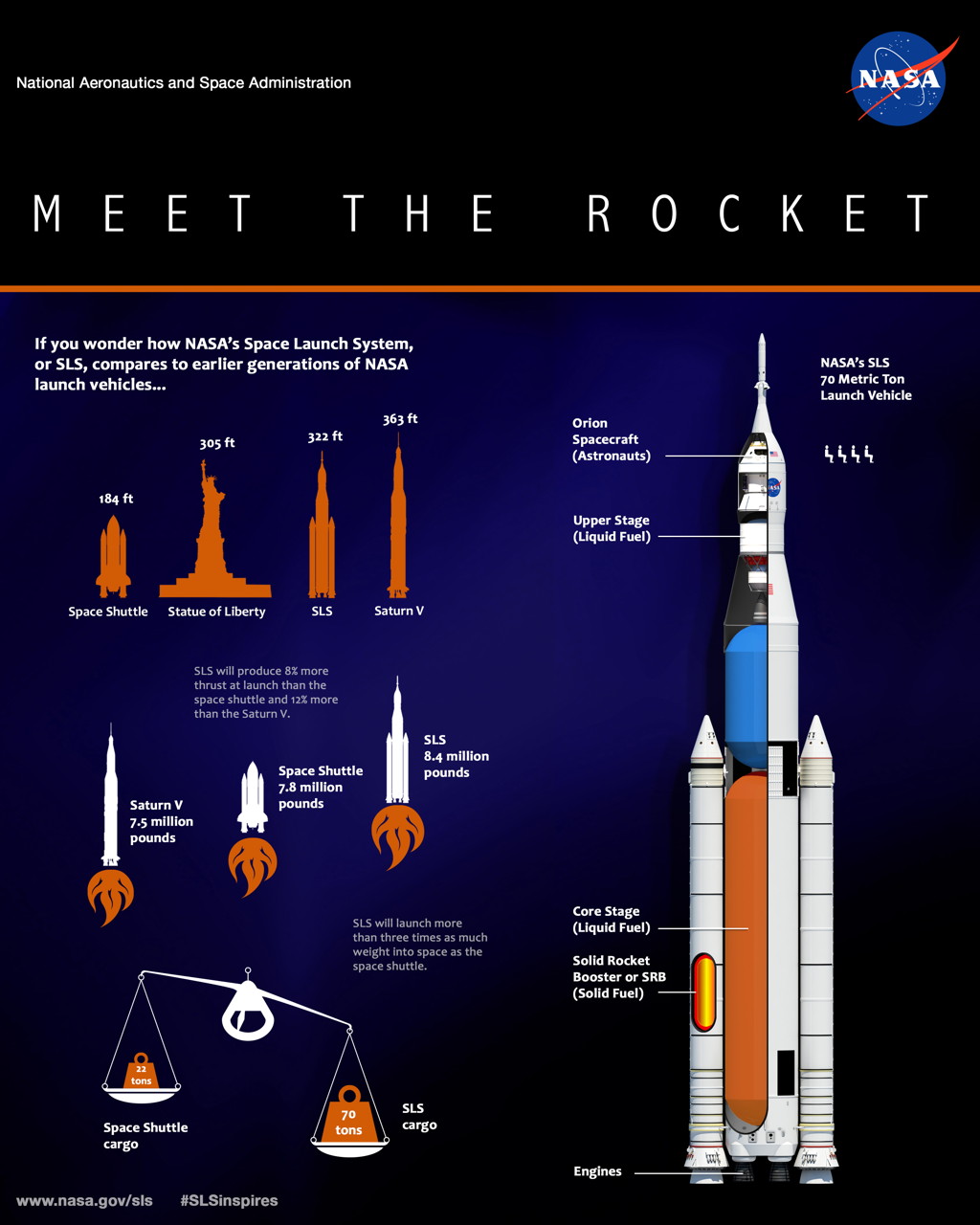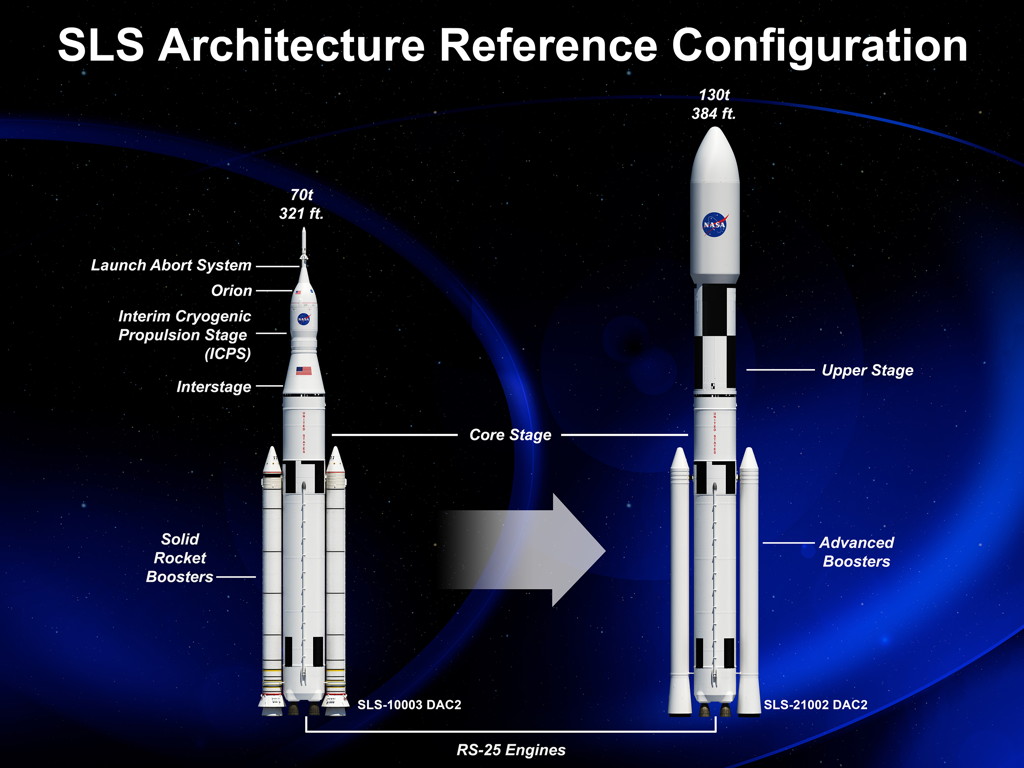|
NASA’s newest spacecraft, Orion, was launched into space for the first time on 2014 December 5, on a flight that took it farther than any spacecraft built to carry humans had gone in more than 40 years and through temperatures twice as hot as molten lava to put its critical systems to the test.
Orion will serve as the exploration vehicle that will carry the crew to space, provide emergency abort capability, sustain the crew during the space travel, and provide safe re-entry from deep space return velocities.
On December 5, 2014, after an aborted launch the day before, Orion was launched atop a Delta IV-Heavy rocket from Cape Canaveral Air Force Station’s Space Launch Complex SLC-37B: a two-orbit, four-hour flight that tested many of the systems most critical to safety. On this second try, the launch window was from 7:05am to 9:35am EST (12:05pm to 2:35pm UTC/GMT) and liftoff occurred on time. More on the launch sequence…
The Orion Flight Test evaluated with success the launch and high speed re-entry systems such as avionics, attitude control, parachutes and the heat shield. In the future, Orion will launch on NASA’s new heavy-lift rocket, the Space Launch System. More powerful than any rocket ever built, SLS will be capable of sending humans to deep space destinations such as an asteroid and eventually Mars. Exploration Mission-1 will be the first mission to integrate Orion and the Space Launch System, the new heavy launcher and most powerful in history.
I attended the Orion Exploration Flight Test One launch from Cape Canaveral and did setup remote cameras at the launch pad (see footage below).
Special thanks to NASA and Ben Cooper for their assistance.
Click on thumbnails for a larger version
|


|
 NASA Space Launch System (SLS)
NASA Space Launch System (SLS)




